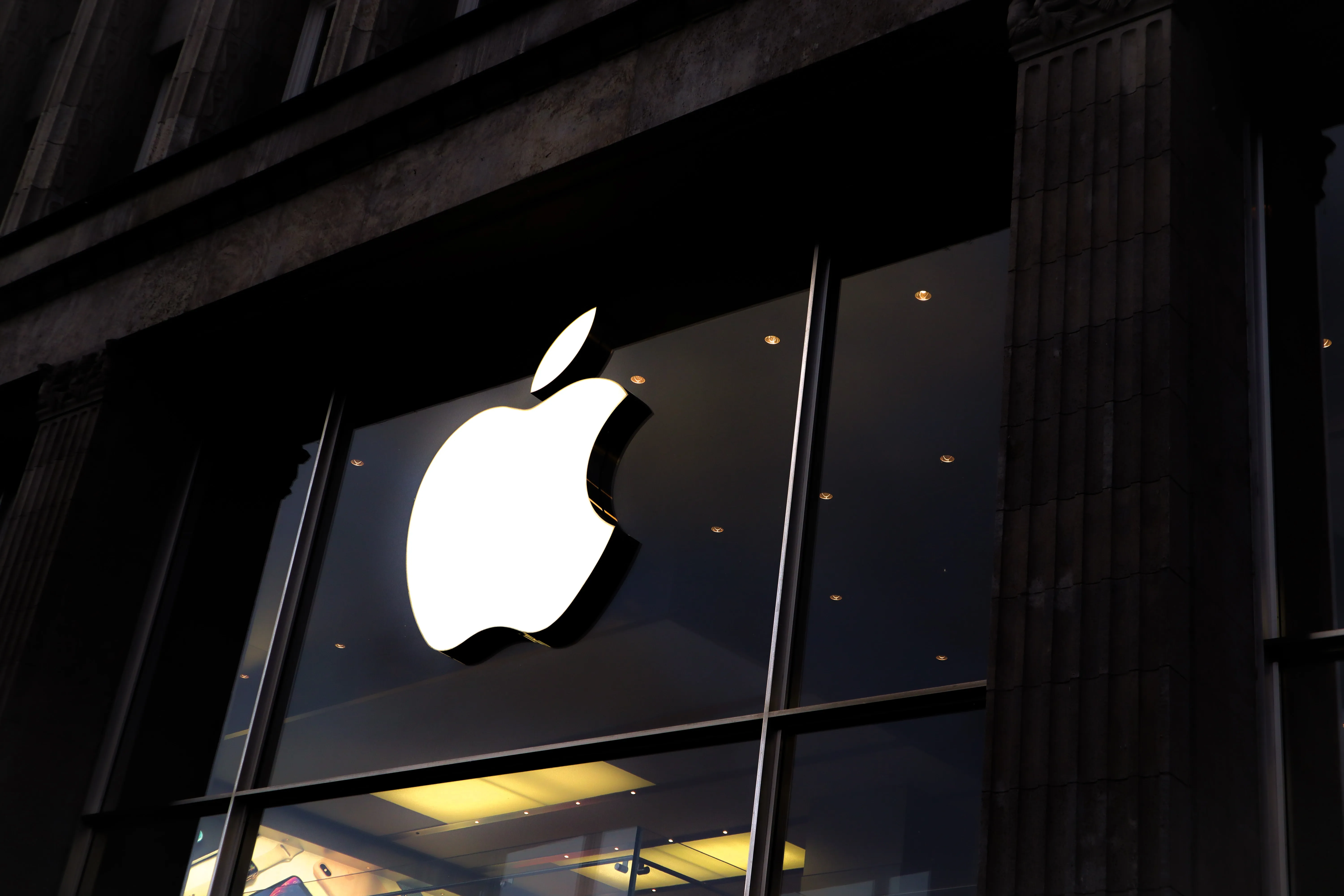

Updated:
April 16, 2025
Published:
February 10, 2022
Develop an app - the differences between Android and iOS
The Android and iOS operating systems form the basis for most smartphones. If apps are intended to appeal to a wide range of users, they are ideally optimized with regard to the two operating systems. As part of programming, there are various differences between Android apps and iOS apps. We present them to you here.
Developing an App — The Fundamental Differences Between Android and iOS
Smartphone users can find apps in the App Store or in the Play Store. Here you can easily download them and use them directly. There are particularly popular apps for both iOS devices and Android devices. However, most smartphone owners are not aware that developers often design two different apps for this purpose. They are known as native apps. These are already being adapted to the respective operating system as part of development and optimized for this purpose.
Web apps, on the other hand, are not available in the App Store or Play Store. They are opened directly via a browser. A web app is relatively easy to program. However, it usually does not offer the same functions as a native app or a cross-platform app.
Programming iOS and Android Apps — Java/Kotlin vs. Objective-C/Swift
Native apps for Android devices are developed using the Java or Kotlin programming language. iOS applications, on the other hand, are created with Objective-C or C/C++ or Swift. Android apps can be programmed on a Linux, PC, or Mac. For this, the Android Software Development Kit (SDK) and the Eclipse developer environment must be available. The latter can be downloaded free of charge and used on all platforms. iOS apps, on the other hand, can only be developed on a Mac using Xcode. This development environment from Apple can also be installed free of charge. If apps are to be published in the App Store, a fee of 99 USD per year is required.
Android vs. iOS — Find the Right Developer
The Java programming language is widely used due to the numerous Android devices. That is why many people are already familiar with it in its basic principles through JavaScript. It can therefore be learned and used quickly. Objective-C has its origins in the Smalltalk and C programming languages, which is why there are fewer iOS programmers involved. The apps they offer in the Apple App Store cost more money than apps in the Google Play Store.
Yet iOS apps enjoy popularity in development, as programmers can work more efficiently here. This is due, among other things, to the powerful simulator from Apple's Xcode. It runs fast and smoothly and delivers faster results compared to the Android emulator. This allows the developer to see whether their code is working without a long wait. In this way, they can present the result to the end customer more quickly.
Even beginners without significant knowledge can quickly find their way around Xcode. In simple steps, they can design layouts and merge them into program flows on a storyboard. The use of Android's Eclipse, on the other hand, requires certain previous knowledge. However, if these exist, the operating system offers its own advantages to its large fan base: Android is an open system. This means that data can be exchanged much faster. iOS apps, on the other hand, are in a sandbox. They are therefore largely disconnected from other apps or parts of the system. Although this increases security for the end user, it can make programming more complex.
Even the publishing of an Android app works faster because the review process is omitted. Apple checks its apps for harmful program code before they are published. Android apps, on the other hand, are published without a supervisory authority and, at best, removed afterward. This results in a more extensive impact on users before the app is deleted from the Play Store.
The Development Tools for Your App Projects
If you want to have an app idea programmed, you can use a number of different development tools. The software development kit is available for iOS, which includes various tools for app development. If app agencies want to program an Android app, they use the preconfigured sets collected in the Android Jetpack. These consist of tools and libraries. They are used to simplify development and can be used in the Firebase development platform. It is used to program Android apps.
Android vs. iOS — The Pitfalls of Android Studio Development
If you want to build an app, you should test it thoroughly before publishing it. Ideally, you should carry out your tests on all devices on which the app will be used later. Apple still provides its customers with a manageable number of iPhones and iPads. On the other hand, there are a variety of Android devices from different manufacturers. Testing your app on each of these devices is too complex and expensive. That is why developers often limit their tests to the most popular Android devices at the time of programming.
Android devices also do not consistently use the latest version of the operating system. Instead, the three versions of Gingerbread, Ice Cream Sandwich, and Jelly Bean are currently around the same number of times. This makes it harder for programmers to optimize their app. If it is only optimized with regard to one of the versions, a large part of the target group is omitted.
With competitors, this is easier for developers. Around 80 percent of iOS users have installed the latest version of the operating system. That is why programmers are already reaching the majority of their target group in this way. Only when the app is successful here is the idea of optimizing it for earlier versions worthwhile.
Create an iOS App or Android App — The Differences for the User
Apple devices are often praised for their intact user experience. It is due to the uniform software with which all iOS devices are equipped. Apple wants to increase security and improve the user experience for its customers. The disadvantage of this is that innovations are difficult to develop here. That is why they are often reserved for Android devices. Android is an open system and can therefore be used by various manufacturers such as Samsung, OnePlus, or Huawei. This prevents a single company from exercising control of the system. At the same time, this is associated with numerous security gaps that promote the spread of harmful malware.
The user interfaces of Android and iOS are both fairly minimalistic. They thus enable simple and intuitive use by the consumer. However, different manufacturers design individual components differently. Therefore, Android users may have to switch to another company after switching to another company. Android devices finally have a back button. This takes users to the previous page with a simple click. iOS devices themselves do not have this option. However, developers can make them available in their apps. Alternatively, they can enable you to go back by swiping up (“swipe”) across the iPhone or iPad screen.
Developing a Professional App — 2 in 1 with Cross-Platform
The differences shown in the development of mobile apps involve a great deal of work for programmers. So-called cross-platform apps form a good compromise and therefore an increasingly popular alternative. Here, an app is developed from a single source code using a programming language. It can be used in both operating systems. This process is further simplified with an app kit, saving time and costs in development.
Native apps are still more seamlessly integrated into the operating system. This is because they are specifically designed for this and take into account all the differences between Android and iOS. However, cross-platform apps can be designed neutrally and automatically adapted to the system as far as possible. In this way, the effects of differences are minimized. Ultimately, both approaches offer their advantages when it comes to having an iOS or Android app developed.


Zwischen Agenturalltag und Startup - unser Blog
In unserem Blog teilen wir Tipps rund um das Thema Appentwicklung, Startups und einige verrückte Geschichten aus unserem Agenturalltag mit euch.
Book yours free Video call
Do you want to talk to our team about your project and just hear what we could do for you? Then simply book a free video call with us now!







.gif)
